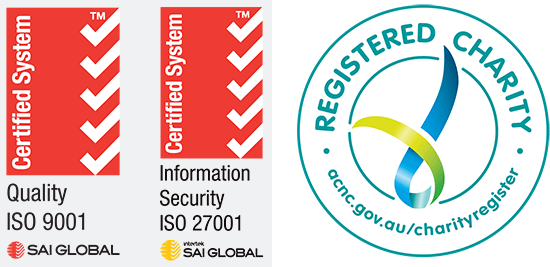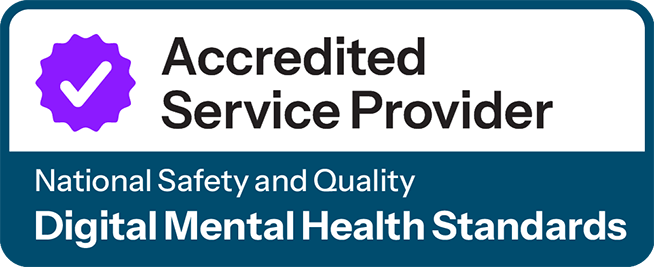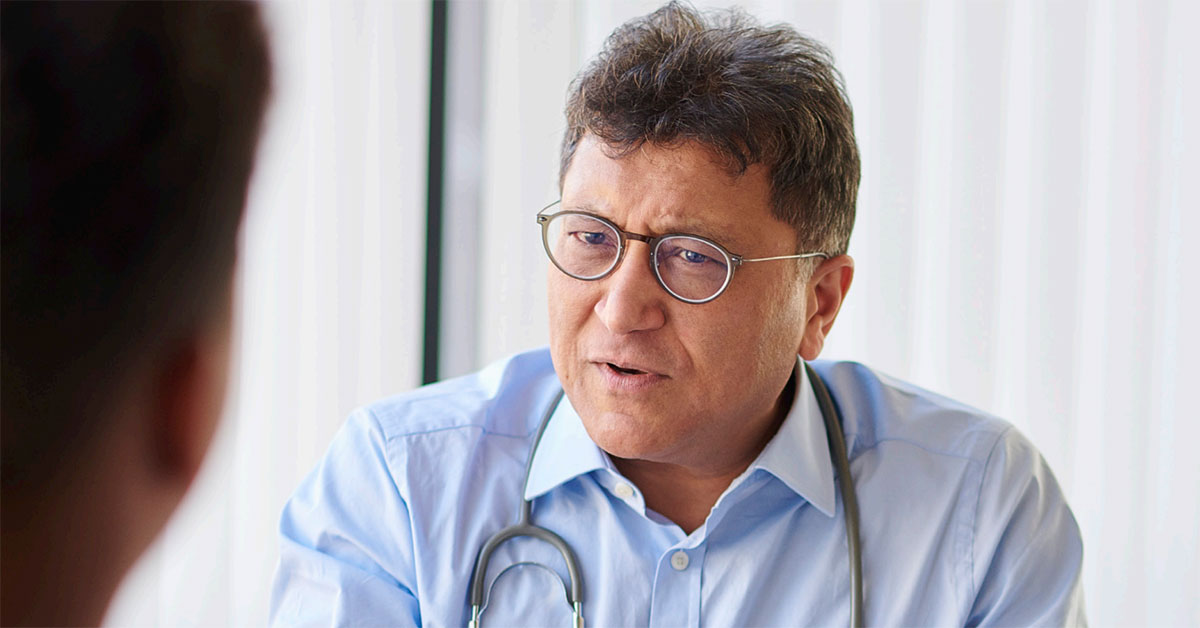
The Australian Government’s National Lung Cancer Screening Program (NLCSP) starts on 1 July 2025.
It utilises low dose CT scans to detect lung cancer in high-risk people who do not have signs or symptoms of the disease.
The target population will be offered free scans every two years.
Why is this new screening program important?
According to Cancer Australia, lung cancer is the leading cause of cancer-related death. Earlier diagnosis and better outcomes have been shown following the introduction of lung cancer screening in other countries.
International studies have shown that screening using a low-dose CT scan can reduce lung cancer deaths by at least reduce lung cancer deaths by at least 20 per cent and can detect up to 70 per cent of lung cancers at early stages.
Who is eligible?
The eligibility criteria for the program have been chosen to ensure those at highest risk are able to access screening, and to minimise the risk of repeated CT scans.
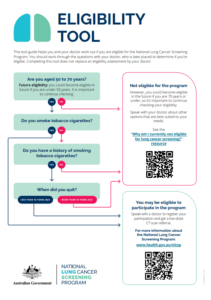
People are eligible for the program if they:
- are aged 50 to 70
- have no symptoms or signs that suggest lung cancer (for example, unexplained persistent cough, coughing up blood, shortness of breath for no reason)
- smoke tobacco cigarettes or have a history of cigarette smoking, having quit within the past 10 years)
- have a history of tobacco cigarette smoking of at least 30 pack-years.
‘Pack-years’ estimate the total number of cigarettes a person has smoked in their lifetime. For example, 30 pack-years can comprise the consumption of a pack a day for three decades, or two packs a day for 15 years. To reach a measure, use this MD+CALC pack year calculator.
The best evidence supports lung cancer screening for people with a history of tobacco cigarette smoking, rather than cigars, pipes and vapes. Therefore, they are not included in the program.
What can practices do now to get ready?
- Practices should ensure they are registered with the National Cancer Screening Register (NCSR). Some software, including Medical Director and Best Practice, is already integrated with it. For those using different software they can access the NCSR via the Healthcare Provider Portal.
- GPs should enrol your patient on the national cancer screening register (NCSR). This step is very different to existing national cervical and bowel screening programs where enrolment happens automatically. For the NLCSP, GPs have to access the screening register and enrol the patient into the program and then issue a referral form.
- General practice teams are encouraged to hold education sessions to familiarise staff with the new program. Resources and e-learning modules available on the Lung Foundation Australia website.
- Consider using to pull a list of eligible patients and invite them to discuss screening. For advice on doing so, please see this walkthrough (.pdf).
- Add a reminder for lung cancer screening to your practice management software.
- Providers can also update their knowledge on smoking cessation. They can also identify patient cohorts who are smokers and may fit the eligibility criteria prior to commencement of the program. Some further practice readiness ideas can be found on the NLCS program website.
- HealthPathways Melbourne account holders can review the information contained in the newly published Lung Cancer Screening page.
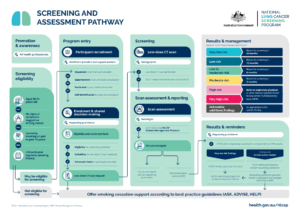
Victorian lung cancer screening nodule clinics
The Victorian Department of Health is supporting a network of 12 public hospital clinics in both metropolitan and regional areas with enhanced capacity to receive referrals for NLCSP participants with high and very-high risk nodules requiring specialist assessment. More information is available here.
HealthPathways
The Lung Cancer Screening page contains information on assessing patient eligibility, referral and management support.
The Lung Cancer Screening Services page contains location-based referral details for private and public radiology services which can provide the low-dose CT scans at the heart of the program. This page will soon be updated with listings for other resources, such as nodule clinics.
For more information or support please contact primarycare@nwmphn.org.au or contact the primary care team on (03) 9347 1188.
Resources
NLCSP resources from the Australian Government Department of Health, Disability and Ageing:
- Program guidelines
- NLCSP Healthcare provider toolkit
- General practitioner resource guide
- Get your practice ready for the NLCSP
- Shared decision-making and informed choice for lung cancer screening: a guide for healthcare providers
- Screening and Assessment Pathway
- NLCSP Nodule Management Protocol
- Frequently asked questions from the health workforce
- NCSR primary care onboarding kit




